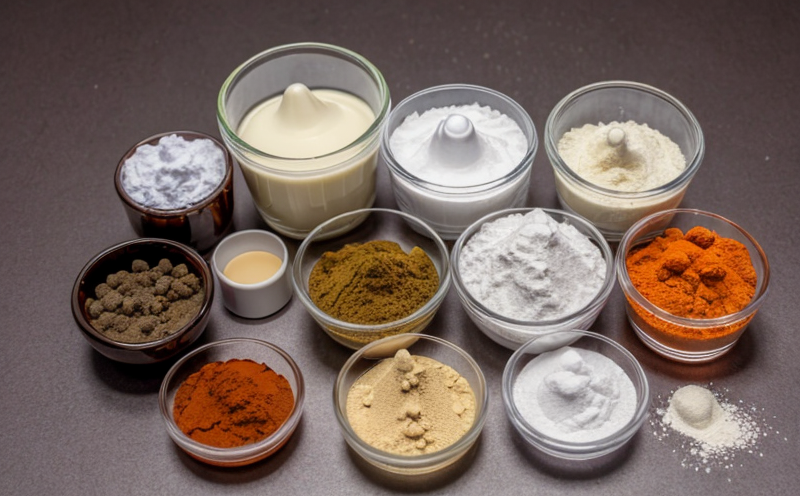HPLC Preservative Assay Testing
High-Performance Liquid Chromatography (HPLC) preservative assay testing is a critical component in pharmaceutical manufacturing and quality assurance. This method ensures that excipients and formulation ingredients meet stringent purity and stability standards, which are essential for drug safety and efficacy.
The HPLC technique allows for the precise quantification of preservatives within a given substance. Preservatives play a vital role in preventing microbial growth and maintaining product integrity. Ensuring that these compounds adhere to prescribed levels is crucial not only for the stability but also for the regulatory compliance of pharmaceutical products.
Regulatory bodies such as the International Conference on Harmonization (ICH) have outlined specific guidelines for preservatives, particularly those used in parenteral and oral formulations. Compliance with ICH Q5C ensures that the testing methods employed are robust and reliable. This standard mandates that HPLC be used to determine the concentration of preservatives like benzyl alcohol or benzoic acid.
The process involves a multi-step approach, starting with the accurate sampling of the substance. The sample is then prepared for analysis by dissolving it in an appropriate solvent and filtering it through a fine filter to ensure no particulate matter interferes with the chromatographic separation. Once the sample is ready, it undergoes injection into the HPLC system.
The HPLC system consists of a pump delivering the mobile phase at a controlled rate, a column packed with stationary phase material responsible for separating the components based on their interaction with the mobile phase, and a detector that monitors the elution profile. The data collected during this process is analyzed to determine the exact concentration of preservatives present.
Accuracy in HPLC preservative assay testing is paramount because even slight deviations from prescribed levels can lead to compromised product quality or potential health risks. For instance, insufficient amounts of a preservative might allow microbial growth, while excessive quantities could alter the taste and texture of the formulation. The results are reported according to ICH guidelines, ensuring consistency and reliability across different batches.
For pharmaceutical companies, this testing is not just about meeting regulatory standards but also about maintaining brand reputation and consumer trust. Ensuring that every batch of a drug product meets stringent quality control measures is critical for long-term success in the market.
Why It Matters
The importance of HPLC preservative assay testing cannot be overstated, especially within the pharmaceutical industry. Compliance with regulatory standards ensures that products are safe and effective for consumers. Non-compliance can lead to product recalls, legal action, and significant financial loss.
From a practical standpoint, consistent and accurate testing helps manufacturers maintain consistent quality across all production batches. This consistency is crucial for maintaining the integrity of formulations and ensuring that each product meets the required safety standards.
Why Choose This Test
- Meets stringent ICH Q5C guidelines for preservative content determination.
- Ensures regulatory compliance and product safety.
- Provides precise quantification of preservatives, enhancing formulation stability.
- Aids in maintaining consistent quality across all production batches.
- Supports long-term brand reputation and consumer trust.
- Facilitates timely product launches by ensuring compliance with regulatory requirements.
Use Cases and Application Examples
In the pharmaceutical sector, HPLC preservative assay testing is used to ensure that every batch of a drug product meets stringent quality control measures. This includes parenteral solutions, oral liquids, and solid dosage forms where preservatives are crucial for maintaining stability and preventing microbial contamination.
For instance, in the case of intravenous fluids, HPLC is used to assay benzyl alcohol as a preservative. In oral liquid medications, benzoic acid may be tested for its concentration. Solid dosage forms like tablets or capsules might require testing for parabens such as methylparaben.
The data generated from this testing ensures that the final product not only meets regulatory standards but also maintains consistent quality and efficacy. This is particularly important in ensuring that products are safe for long-term use by patients, especially those with compromised immune systems or chronic conditions.





